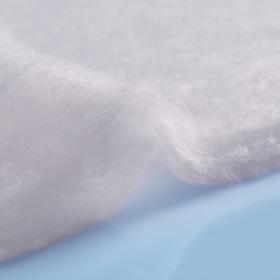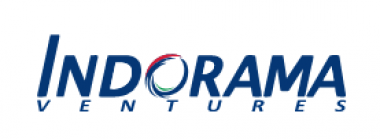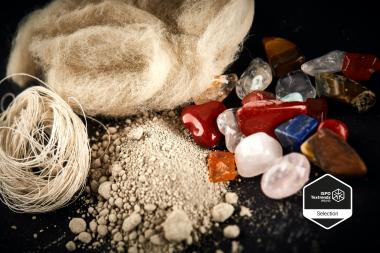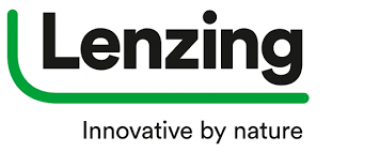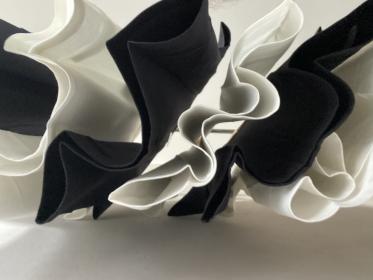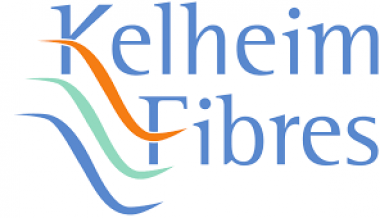Next EU-wide REACH enforcement project to focus on imported products
The Enforcement Forum of ECHA agreed that the next REACH enforcement project will investigate how companies fulfil the registration, authorisation and restriction obligations for products and chemicals they import from outside the EU. The project will be done in 2023-2025 and will require close cooperation between REACH enforcement and national customs authorities in the Member States.
In its November meeting, the Enforcement Forum, responsible for harmonising the enforcement of EU chemicals legislation, agreed to focus its next project on the control of imports of substances, mixtures and articles.
This subject was triggered by high levels of non-compliance in imported goods detected in previous Forum projects, including a recent pilot project. The pilot found that 23 % of inspected products were non-compliant with requirements set by EU law and further controls are necessary.
Control of imports at the point of entry is the most effective means of checking that non-compliant substances, mixtures and articles do not enter the European market. The project will also work on further developing and strengthening existing cooperation between REACH inspectors and customs. By strengthening the control of imports, the project will also contribute to the goals of the EU’s Chemicals Strategy for Sustainability.
The Forum also agreed to publish its future advice on enforceability of new restriction proposals under REACH.
Opportunities for expanding the future role of the Forum, strengthening the control of imports and other areas were on the agenda in an open session where 41 representatives from stakeholder organisations and four candidate countries joined. Among other topics, the open session also addressed the enforceability of REACH restrictions, for example, in textiles or on the use of lead gunshot in wetlands as well as analytical methods relevant for the control of REACH duties.
The Forum’s Biocidal Products Regulation Subgroup (BPRS) re-elected Helmut de Vos (BE) for a second term as a Vice-Chair.






